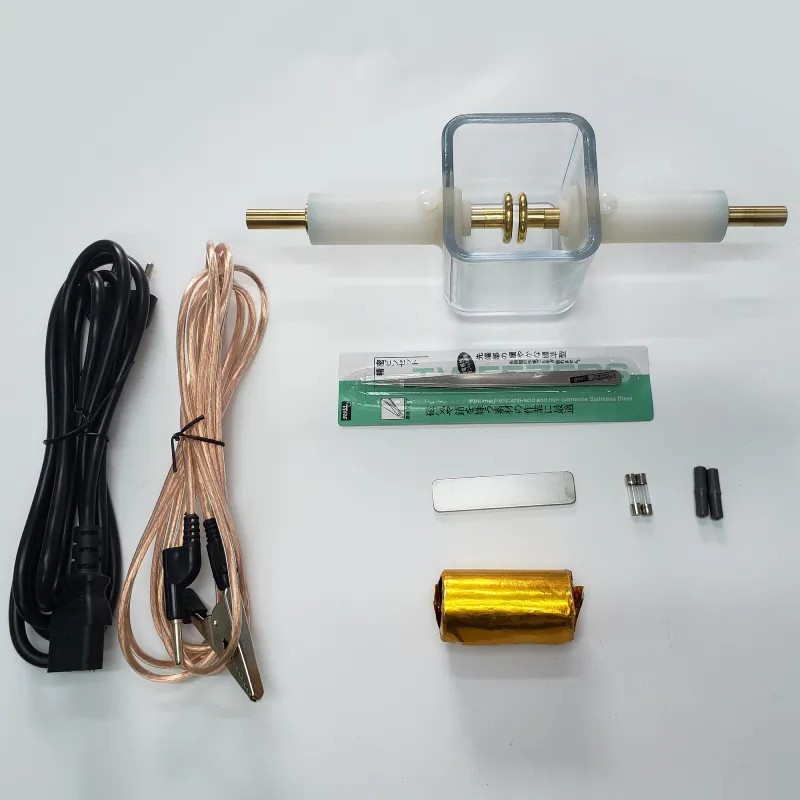 English
English


testing a transformer with multimeter
Testing a Transformer with a Multimeter
Transformers play a vital role in electrical systems by stepping up or stepping down voltage levels as needed. To ensure their operation is efficient and safe, regular testing is essential. One of the simplest and most effective ways to test a transformer is by using a multimeter. This article outlines the steps to test a transformer, highlighting what to look for and how to interpret the results.
Understanding the Transformer Structure
Before testing, it helps to familiarize yourself with the basic structure of a transformer. Generally, a transformer consists of two windings, known as the primary and secondary windings, wound around a magnetic core. The primary winding connects to the input voltage source, while the secondary winding delivers the transformed voltage to the load. Properly understanding this structure is crucial for effective testing.
Tools You’ll Need
A digital multimeter is an indispensable tool in this process. Before beginning, ensure your multimeter is in good working condition and can measure both AC and DC voltages, resistance, and continuity. A basic understanding of how to operate the multimeter is also necessary.
Step-by-Step Testing Process
testing a transformer with multimeter

1. Power Off and Disconnect Before starting any tests, ensure the transformer is completely powered off and disconnected from its source. This step is critical for your safety and to prevent damage to the multimeter.
2. Measuring Resistance Set your multimeter to the resistance (Ω) mode. Measure the resistance of both the primary and secondary windings. These readings should be relatively low, typically between a few ohms and several hundred ohms, depending on the transformer type. A significantly higher or infinite resistance may indicate an open winding.
3. Checking for Short Circuits With the multimeter still set to the resistance mode, check between the primary and secondary windings. You should not find continuity between them; any measurable resistance suggests a short circuit, which needs immediate attention.
4. Measuring Voltage Reconnect the transformer to its power source after confirming that it’s safe to do so. Set the multimeter to measure AC voltage and connect it across the primary winding. Note the input voltage and repeat the process for the secondary winding. The voltage ratio should correspond to the turns ratio specified on the transformer nameplate.
5. Interpreting Results If the measured voltages align with the expected values based on the turns ratio, the transformer is functioning correctly. However, discrepancies may indicate deeper issues, such as winding failures or core problems.
Conclusion
Testing a transformer with a multimeter is an essential maintenance task that can help prevent larger electrical issues down the line. By following these steps, you can effectively assess the health of your transformer and ensure it operates safely and efficiently. Regular checks not only prolong the life of a transformer but also safeguard your entire electrical system. Always remember safety comes first, so take necessary precautions when performing these tests.
-
Differences between open cup flash point tester and closed cup flash point testerNewsOct.31,2024
-
The Reliable Load Tap ChangerNewsOct.23,2024
-
The Essential Guide to Hipot TestersNewsOct.23,2024
-
The Digital Insulation TesterNewsOct.23,2024
-
The Best Earth Loop Impedance Tester for SaleNewsOct.23,2024
-
Tan Delta Tester--The Essential Tool for Electrical Insulation TestingNewsOct.23,2024





